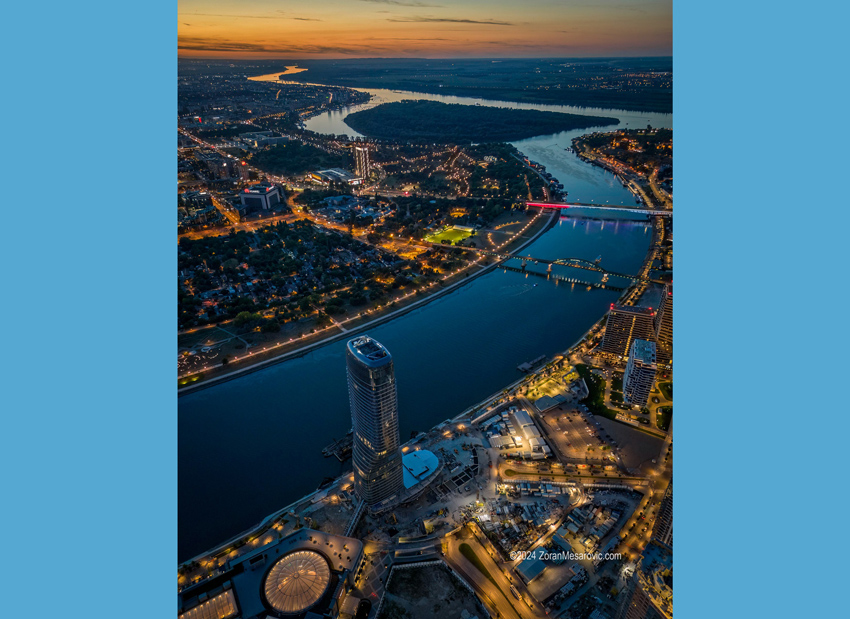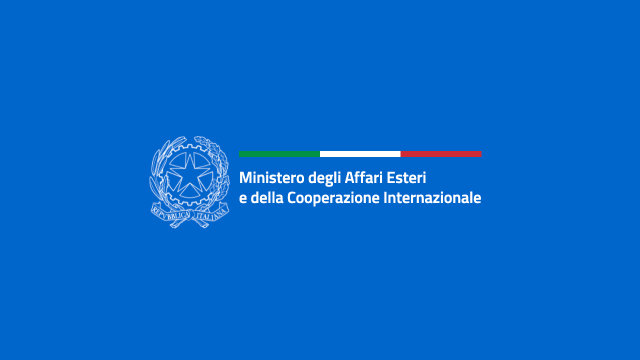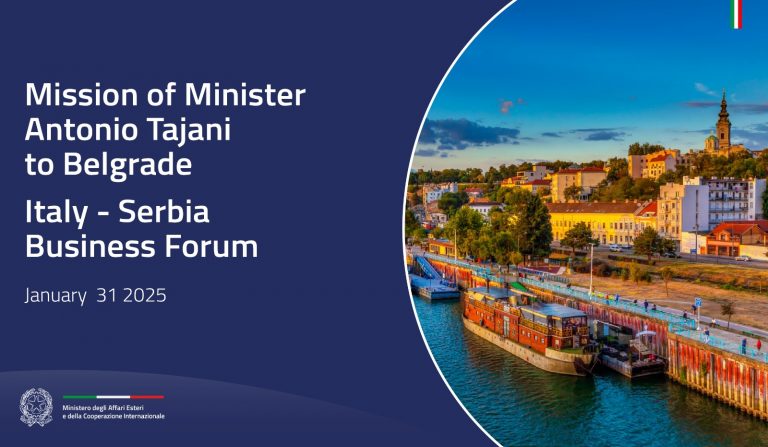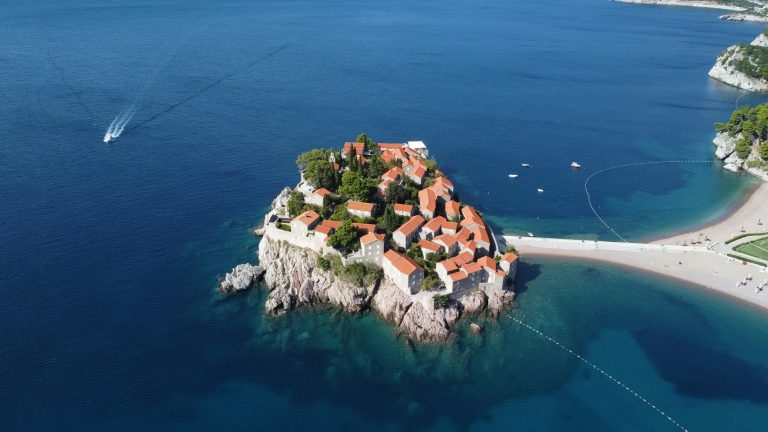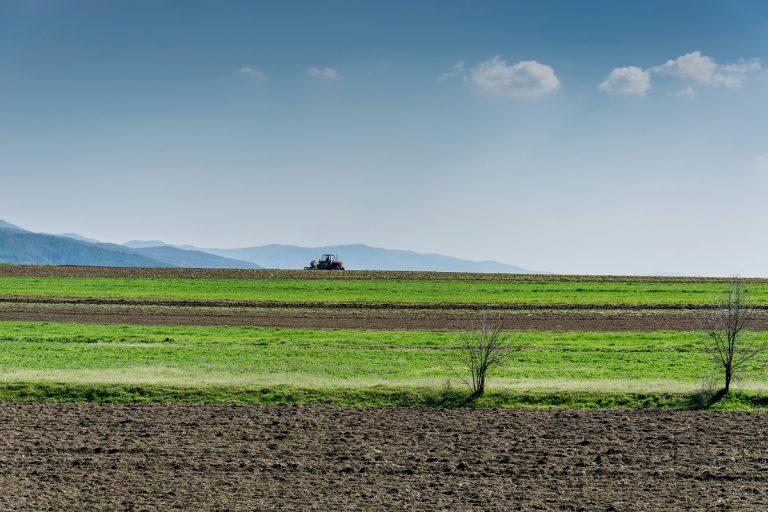Serbia, ICT and AI drive an increasingly value-added economy
In recent years, Serbia has established itself as a stable and attractive economy for investors, with GDP growing by 3.9% in 2024 and a forecast of 4.2% by 2025. Public debt has dropped to 46.5 per cent of GDP, while the country is becoming a strategic hub for near-shoring, attracting investment from Europe, aiming to reduce dependence on Asian supply chains. In 2024, foreign direct investment (FDI) exceeded EUR 5 billion, confirming the strong interest of international companies. Furthermore, in October 2024, the rating agency S&P Global Ratings upgraded Serbia’s credit rating to BBB, bringing Serbia to investment grade for the first time in history.
Serbia has moved beyond the attraction phase based on low costs and tax incentives, now focusing on high value-added investment, particularly in the digital economy. Until recently, the main factors of attractiveness were strategic geographical location, economic stability, cheap labour and tax competitiveness. This favoured, for example, the development of the automotive sector, where companies such as Stellantis, Bosch, Continental and Michelin operate.
Today, the context has changed. In 2012, Serbia’s GDP was $43.3 billion, GDP per capita was $6,000 and unemployment was over 25 per cent. In 2024, GDP was close to 80 billion, per capita GDP more than doubled, and unemployment dropped to an all-time low of 9 per cent. The availability of labour shrank due to market saturation, population decline and youth emigration. The minimum wage has increased by 80% over the last five years and will rise to EUR 457 in 2025, while the average net wage is around EUR 830. The costs of energy, food and other inputs have also risen significantly.
This transformation has led Serbia to move towards innovative sectors. Since 2017, the country has invested in artificial intelligence (AI), start-ups and ICT services. It has established an Office for e-government, created four science and technology parks (in Belgrade, Novi Sad, Niš and Čačak), built the Kragujevac Data Centre and established the Institute for Artificial Intelligence in Novi Sad.
Serbian companies develop software for various sectors – from agriculture to medicine, from cloud to gaming – attracting investment from giants such as Microsoft, Oracle and Google. ICT exports increased from EUR 375 million in 2012 to EUR 3.44 billion in 2023. In the first eleven months of 2024, they reached EUR 3.7 billion, becoming the number one export item and contributing 7% of the national GDP.
Serbia has also won international recognition in this sector, such as the agreement with the World Economic Forum to host the Regional Centre for the Fourth Industrial Revolution in Belgrade and the rotating Presidency of the Global Partnership for AI. With an investment plan of EUR 70 million over the next three years in AI, the country aims to strengthen its leadership in the tech sector.
Besides artificial intelligence, key areas for investment are agri-tech, circular economy and green transition. Serbia is the largest agricultural market in the Western Balkans, with more than 64% of the territory devoted to agriculture. The food industry is expanding and the agricultural sector accounts for 11.9% of GDP. The country is a major exporter of non-GMO maize and boasts a food processing sector with over 20,000 companies, employing more than 120,000 people.
The fruit sector provides significant opportunities, with 238,000 hectares under orchards and production including raspberries, blueberries, apples and apricots. Fruit processing and marketing, however, is still a weak point, due to the closure of industrial plants. In view of bridging this gap, the Serbian government provides subsidies for new plantations, opening up opportunities for Italian investment in food processing, cold logistics and packaging innovation.
In the energy sector, Serbia needs at least EUR 32 billion of investment over the next 25 years to achieve carbon neutrality. Although coal still accounts for 62% of the energy mix, the country is accelerating the transition to renewables.
In view of aligning with European targets of zero emissions by 2050, Serbia has adopted the National Integrated Energy and Climate Plan (PNEC), which envisages a 40.3% reduction in emissions by 2030 and an increase in the renewables share to 45%. Legislative reforms have been introduced, as well as auctions for 1,300 megawatts (MW) of renewable energy and investment to diversify supply sources, such as the new gas interconnector with Bulgaria and agreements with Azerbaijan and Romania.
In the renewables sector, Serbia has already connected 607 MW of wind power to the grid, with the aim of reaching 1.8 GW by 2030. Solar energy is booming with projects such as Solarina (150 MW) and Agrosolar (660 MW), which is set to become the largest agrosolar park in Europe. Hydropower, with 16 plants totalling 3,015 MW, continues to play a key role, with investment in the upgrading of existing plants and the construction of new facilities.
Serbia has also lifted the moratorium on nuclear energy and initiated studies for developing small modular reactors, evaluating international collaborations. Meanwhile, it has launched the HyDSerbia green hydrogen pilot project. On the sustainability front, initiatives are underway to modernise the electricity grid, incentivise electric vehicles, improve the energy efficiency of buildings and strengthen waste management and reforestation.
In recent years, Serbia has embarked on a major infrastructure modernisation plan to improve internal connectivity and facilitate integration into European transport corridors. The government is investing significantly in upgrading the railway network, motorways and logistics links, thus providing many opportunities for companies in the construction and transport sector.
One of the most ambitious projects concerns the high-speed rail network. The Belgrade-Budapest line, financed by the European Union and China, is one of the cornerstones of this transformation and aims to improve connections between the Balkans and Central Europe. Attention is also focused on public transport: Serbia is planning to build a subway, a EUR 4.4 billion project in which European and Asian companies will participate.
Motorways are another key sector for the country’s growth. The expansion of Corridor X, which crosses Serbia from north to south, is strategic for facilitating trade and goods transport. Logistics is also booming. Serbia has created 15 free zones that offer tax benefits for companies investing in industrial and logistics infrastructure. The government also intends to upgrade river ports and infrastructure along the Danube to improve trade.
Interview with Ambassador Luca Gori
Serbia is a booming market: in 2024 alone, the national GDP grew by around 4%, making it one of the best economic performers in Europe. Ambassador Luca Gori, who has been Ambassador to Serbia since 2022, takes this result as the starting point of his interview.
- What are the areas on which Italian companies can or should keep an eye in Serbia, considering the strong business ties between the two countries?
Although it is going through a phase of political instability due to internal protests, Serbia is a fast-growing market: in 2024 alone, the national GDP grew by around 4%, making it one of the best performing economies in Europe. Serbia is also a country that is changing: from a labour-intensive market it is gradually turning into a capital-intensive one, which aims to attract investment and partnerships especially in high-tech sectors. Just think that ICT services are now the first item of Serbian exports and that in the first 11 months of 2024 they generated a record volume of EUR 3.7 billion, up 20% compared to the same period of the previous year and with the ambitious goal of reaching EUR 10 billion by 2027. Our companies therefore need to look carefully in this direction, focusing on certain sectors such as agri-tech, artificial intelligence, green and energy transition, circular economy, sustainable and digital infrastructure. There is also much room for the promotion of Made in Italy, to which the Embassy – together with the entire Italian System – pays great attention, also thanks to the Foreign Ministry’s thematic exhibitions, organising numerous initiatives ranging from cuisine to language, from design to fashion, from wine to cinema. Finally, there is strong potential for collaboration in the area of innovation and development, strengthened by the many joint projects developed between the respective research centres and universities. An area to which we dedicated the Innovation Forum in December 2023 in Belgrade and the Trieste Science Forum in November 2024.
- Considering the plans and projects of the Serbian government, are there any particular sectors to be explored, such as construction, agriculture, renewables, etc.?
Serbia provides a very favourable environment for foreign investors. This is demonstrated by some data: the record of more than EUR 5 billion of FDI in 2024; the historic investment rating obtained by Standard&Poor’s; the number of free trade agreements signed by Serbia, most recently last July with China, with a potential market of more than 2.7 billion consumers. The opportunities for Italian companies are therefore manifold, starting with renewables, for which the government has launched public auctions.
Serbia also needs to invest heavily in advanced technologies for the agricultural sector to improve production efficiency and sustainability. Italian companies can play a leading role in the transfer of know-how and the implementation of advanced solutions, such as automation, sensors for crop monitoring, and sustainable resource management. In this regard, I would like to mention that Italy will be a strategic partner at the next International Agriculture Fair in Novi Sad in May and at the “Wine Vision” Fair in Belgrade in November.
- Can you give us a picture of the current Italian business presence in Serbia?
Italy has a traditional presence in Serbia, with over 1,200 registered Italian-owned companies, which contribute over 5% of Serbia’s national wealth. We are among the top foreign investors and the third largest trading partner of Serbia, with a volume of trade that – according to data from the Serbian National Statistics Office – in 2024 reached 4.5 billion euros. Italy also holds prominent positions in the banking, insurance, and automotive sectors. We have recorded strong growth in Italian exports to Serbia, especially in industrial machinery (+17%). Now we want to focus on new sectors. For example, I wish to mention Ariston’s forthcoming investment in Nis, worth EUR 75 million, which will also include a research and development centre, or the project for a technology centre inspired by Industry 4.0 and 5.0 criteria that the Association of Italian manufacturers of machine tools, robots and automation – intends to develop in Nis. Projects will also be developed in the field of circular economy thanks to the Ekonsortium launched by the Italian-Serbian Chamber of Commerce and the ESG Lab of Confindustria Serbia, initiatives that are part of the recycling of industrial waste and the dissemination of environmental and social principles in business culture. We are also working on longer-term projects to strengthen the strategic partnership between the two countries, such as the launch of the intermodal link between the interport of Cervignano del Friuli (Udine) and Belgrade. Looking ahead, we want to develop the railway corridor between Trieste and Belgrade, which would be a very important driver for trade, the environment and tourism.
- How is the Italian System present in the country? (Sace, Ice, Simest, CDP etc.)
The Italian System in Serbia is something unique: Belgrade was in fact the first non-EU capital to welcome all the players of the “Italian System’. Since 2024, in fact, Cassa Depositi e Prestiti (CDP), SIMEST and SACE have opened their own representative offices in Serbia, adding to ITA, the Cultural Institute, the Italian-Serbian Chamber of Commerce and Confindustria Serbia, which had already been present in the country for some time. With their arrival in Serbia, Italian financial institutions have also launched important financial instruments to support companies that intend to internationalise their activities.
CDP entered the ENEF II Fund and financed a EUR 100 million credit line for the Serbian Electricity Board (EPS) in support of decarbonisation. SIMEST launched the ‘Balkan Measure’ for SMEs worth EUR 200 million, expanded by a further EUR 200 million in July 2024, thereby financing over 500 projects for 435 enterprises. Finally, SACE developed two ‘Push Strategies’, one with the Serbian Ministry of Finance and one with Telekom Srbjia, each worth EUR 200 million.
This testifies to the importance of Serbia for Italy, which has made Belgrade a focal point of its “growth diplomacy” in the region.
- What are the possible prospects for Italian companies in the light of the recent Italy-Serbia Business Forum?
As I said before, the most promising sectors are agri-tech, physical and digital infrastructure, Industry 5.0 and artificial intelligence, green and energy transition. Sectors to which we dedicated the last bilateral Business Forum held on 31 January 2025 in Belgrade in the presence of the Deputy Prime Minister and Minister of Foreign Affairs and International Cooperation, Hon. Tajani. More than 500 entrepreneurs participated, about 150 Italian and 250 Serbian companies, with over 400 b2b meetings. These are significant numbers, especially considering that this was the third bilateral forum in less than two years, after the one in Belgrade in March 2023 and the one in Trieste in May 2024. Numbers, above all, that confirm the liveliness of relations between the two business communities.
- Are there opportunities for Italian companies to seize in view of the 2027 sectoral Expo?
The Expo that Serbia will host in 2027, dedicated to sports and music, is an important showcase for the country. At the Business Forum in January, Deputy Prime Minister Tajani announced that Italy would participate with its own national pavilion. Expo 2027 is part of a large investment plan of over EUR 17 billion launched by the Serbian government, which opens up interesting opportunities for our companies. Our objective is also to encourage Serbian investment in Italy and to present our country to the general Serbian public. In this regard, I wish to recall that Italy was the partner country of the 2025 edition of the International Tourism Fair in Belgrade.

